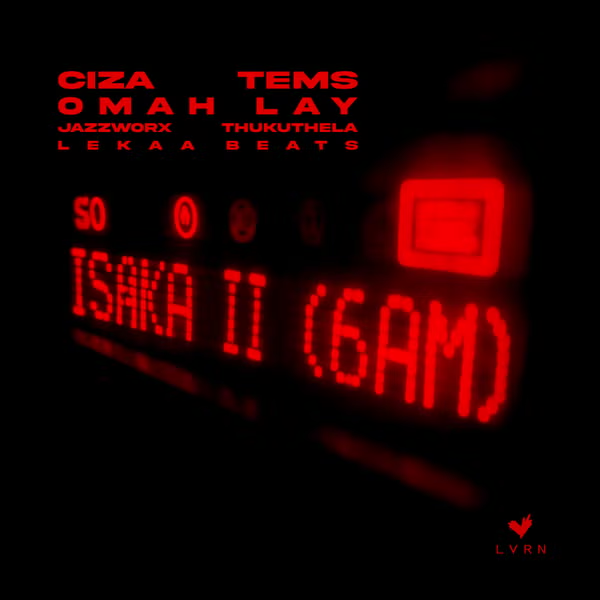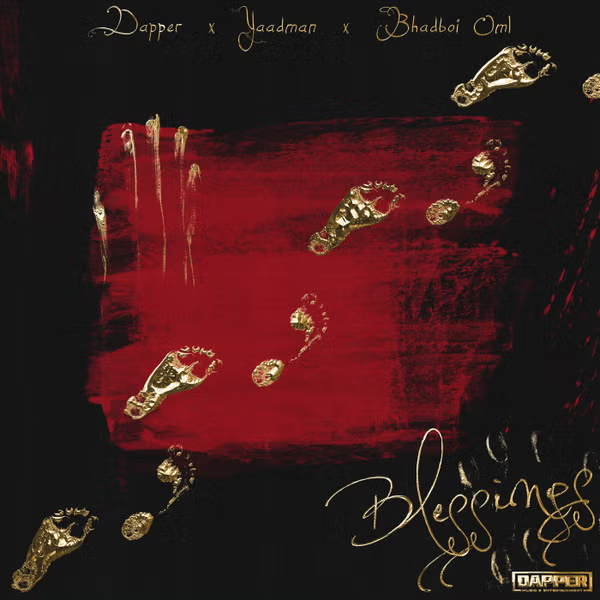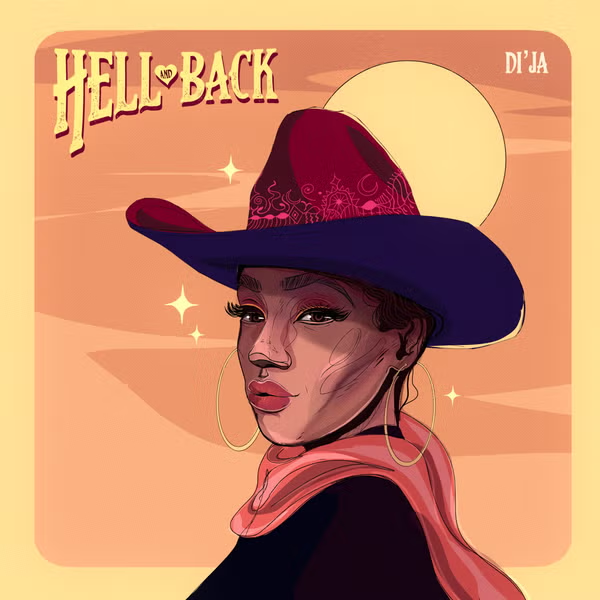Many who think the white men brought literacy to Africa may have to be reeducated as several African communities such as the Igbos already had their own system of writing before the colonial era.
The communicative system Nsibidi (also known as nsibiri, nchibiddi or nchibiddy) was prevalent in the precolonial period in the southeastern part of Nigeria which is today made up of Cross River, Akwa Ibom and Ebonyi states.
Nsibidi is based on pictures and used in the pre-colonial era for different purposes, but because it was tagged as a secretive cult means of communication especially by the missionaries, many people avoided the usage.
The symbols are at least several centuries old. Early forms appeared on excavated pottery as well as what are most likely ceramic stools and headrests from the Calabar region, with a range of dates from 400 to 1400 CE.
There are thousands of nsibidi symbols, of which over 500 have been recorded. They were once taught in a school to children. Many of the signs deal with love affairs; those that deal with warfare and the sacred are kept secret.
Nsibidi is used on wall designs, calabashes, metals (such as bronze), leaves, swords, and tattoos. It is primarily used by the Ekpe leopard secret society (also known as Ngbe or Egbo), which is found across Cross River among the Ekoi, Efik, Igbo people, and other nearby peoples.
It was not until 1904 that Nsibidi caught the attention of the outside world after T.D Maxwell noticed that it was being used in pottery and body art.
The transatlantic slave trade also saw Nsibidi being exported to the Caribbean islands such as Cuba, Jamaica, Venezuela and Haiti and have become what is today known as the Anaforuana writings of the Akabua.
Unfortunately, the advent of western education reduced the rate of Nsibidi literates leaving a few to have little or no knowledge about this once-scared language. Asides this, much of Nsibidi is attributed to witchcraft hence its abandonment in these areas.
Despite these, arguments have arisen that rather than neglect our cultural roots, what Renaissance art is to Christians is what Nsibidi should be to Africans.


























